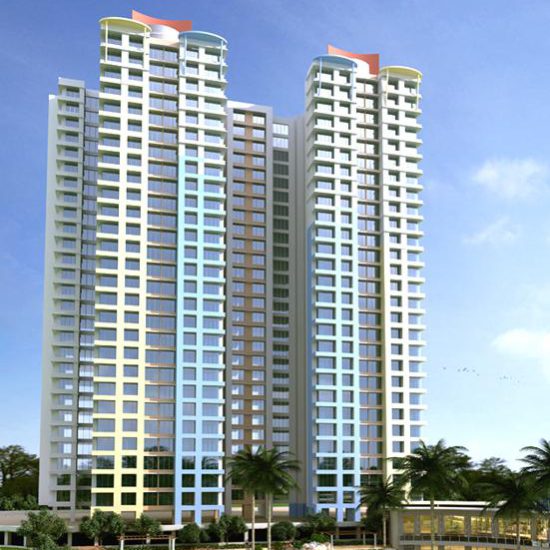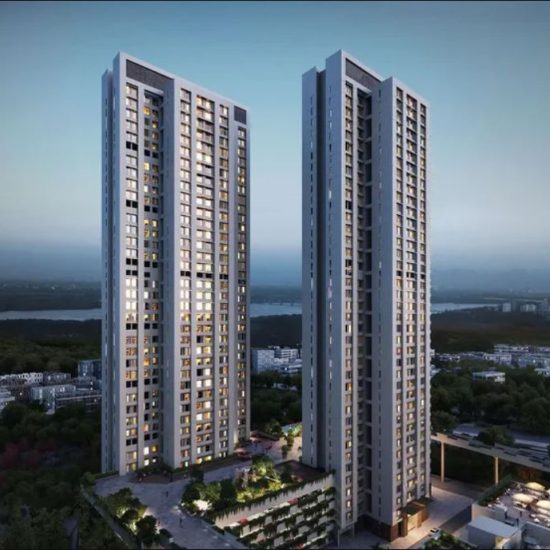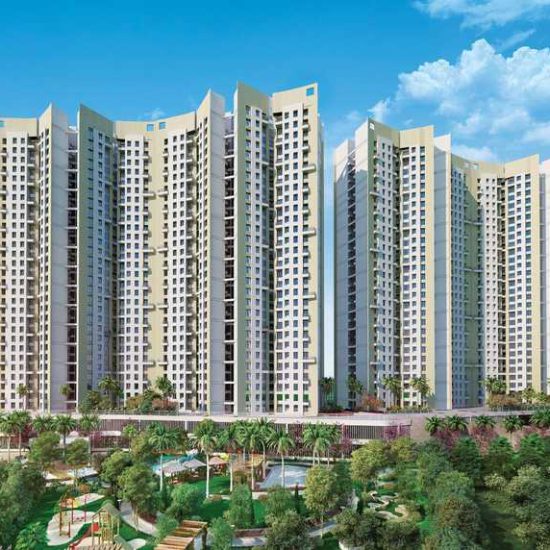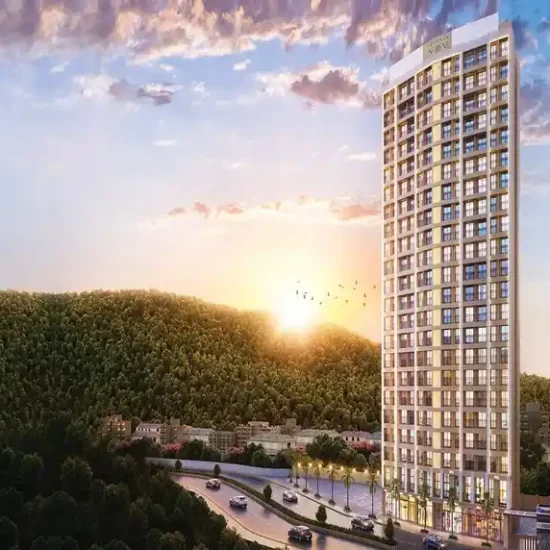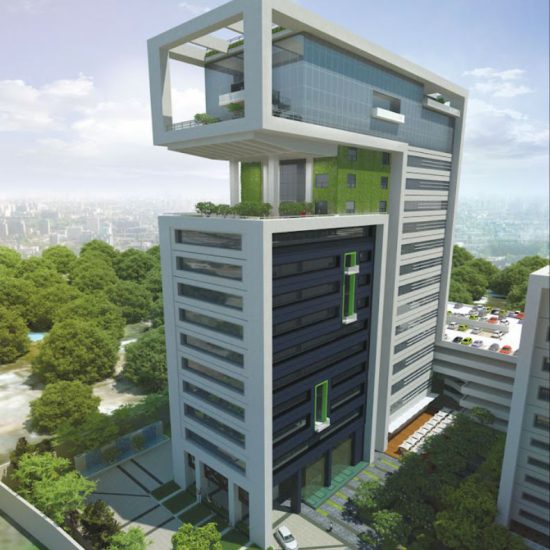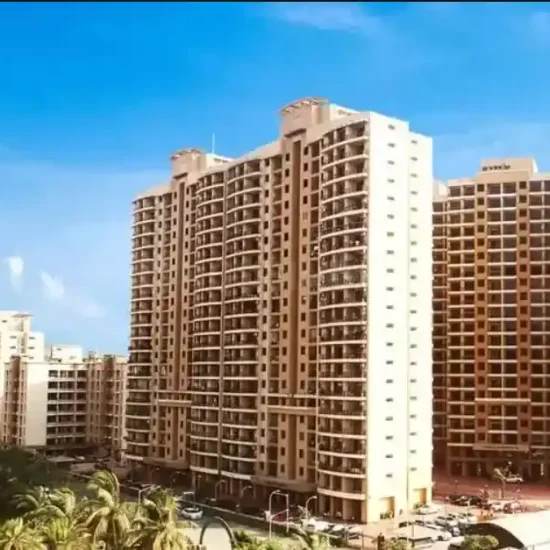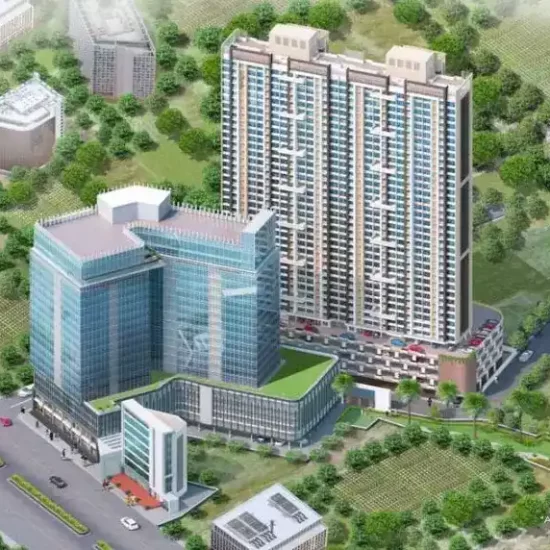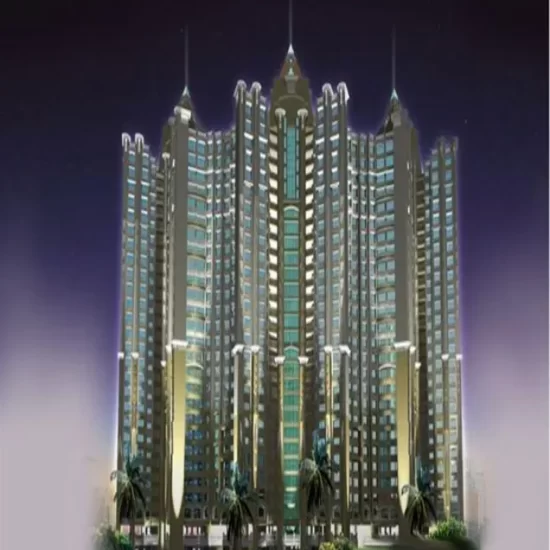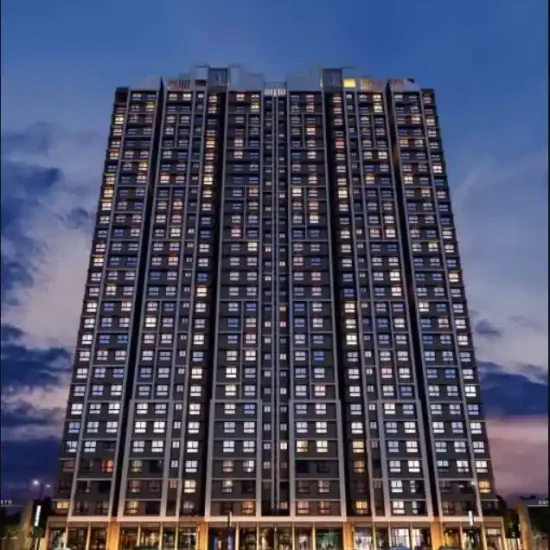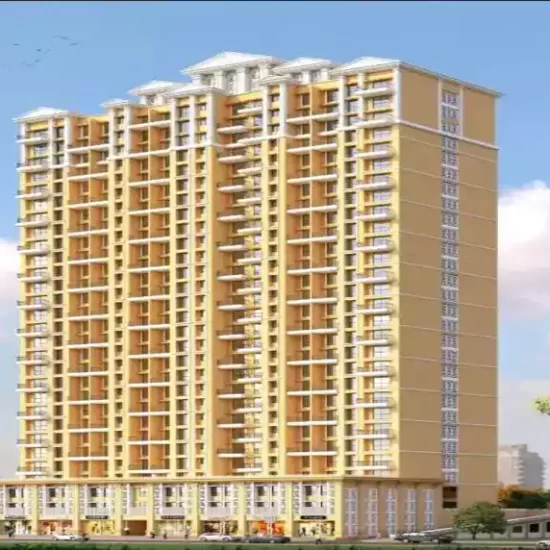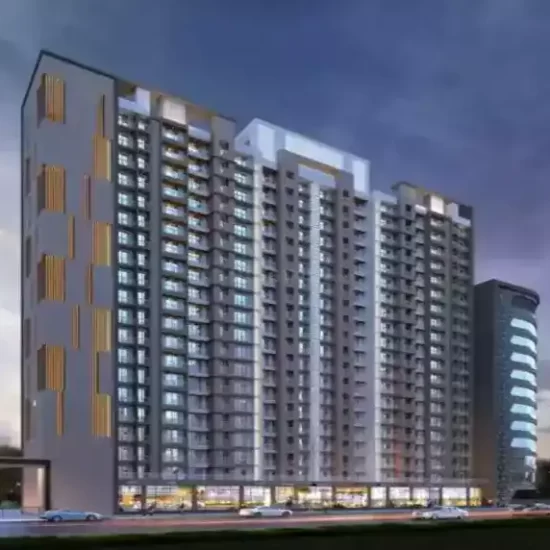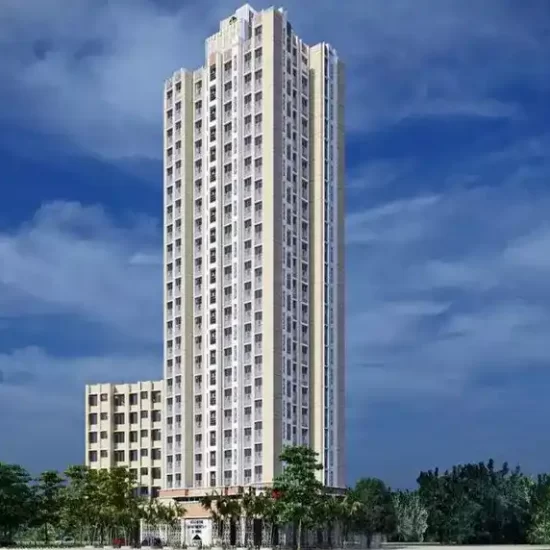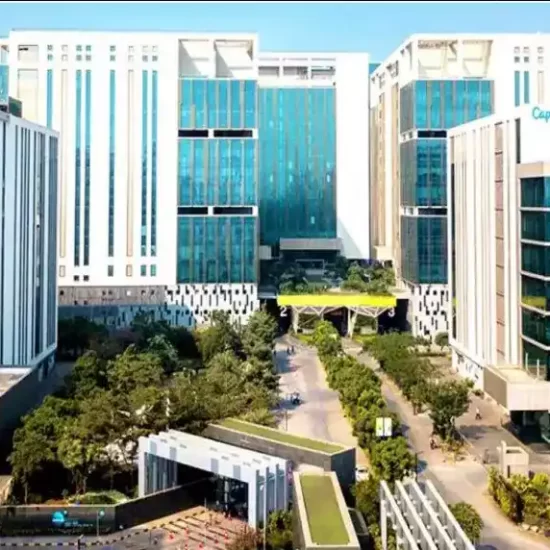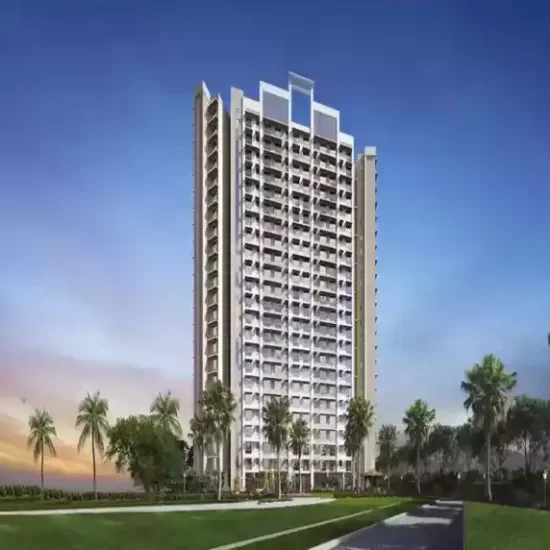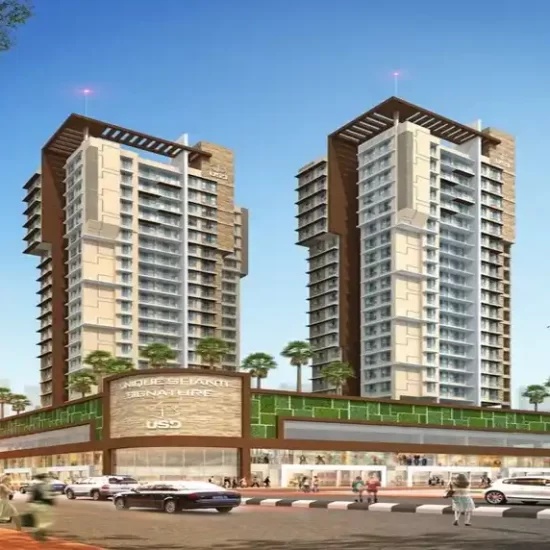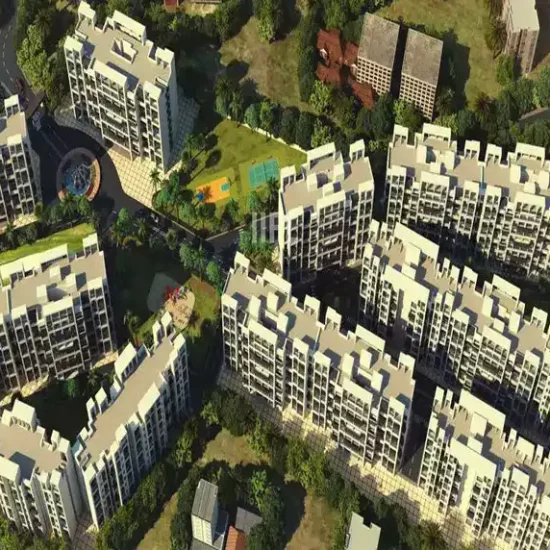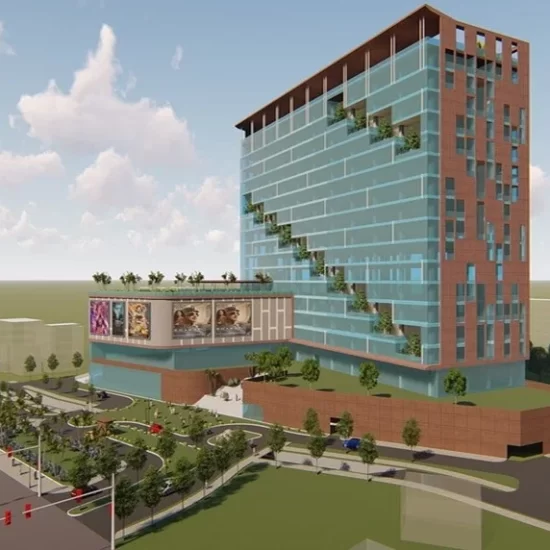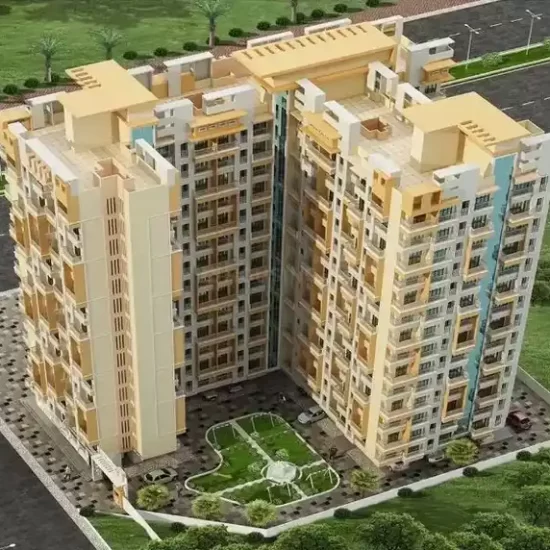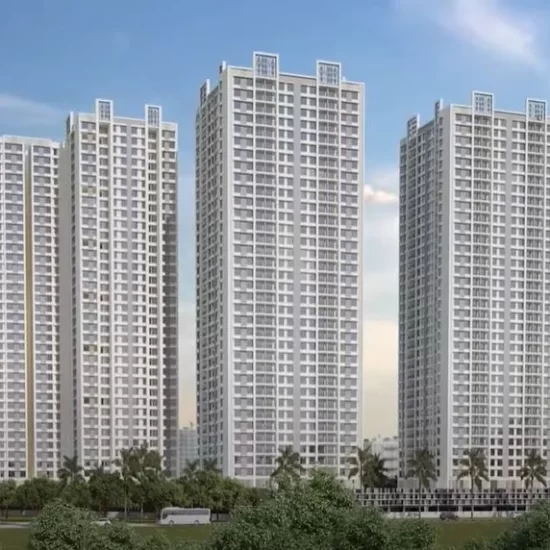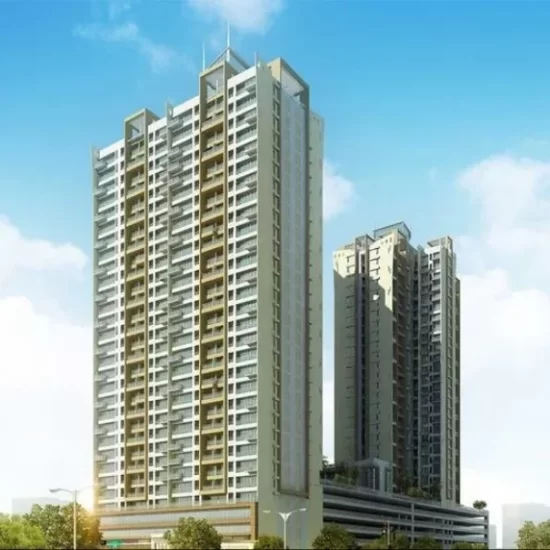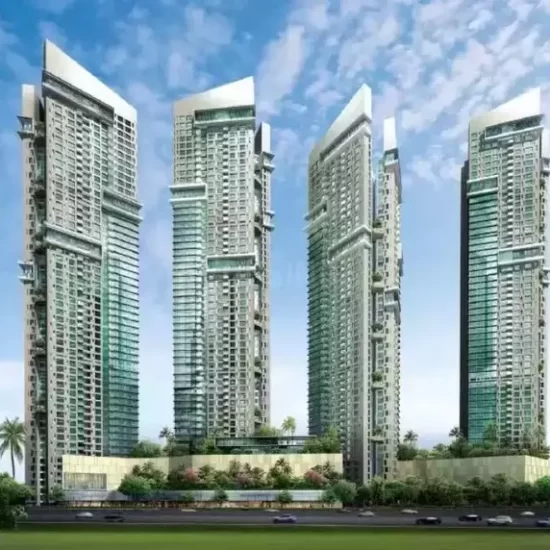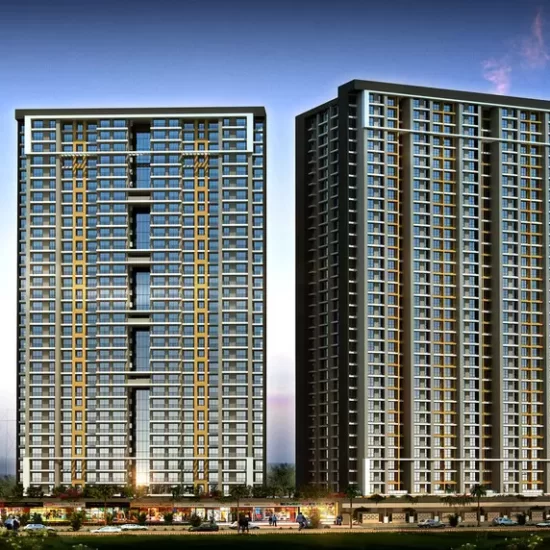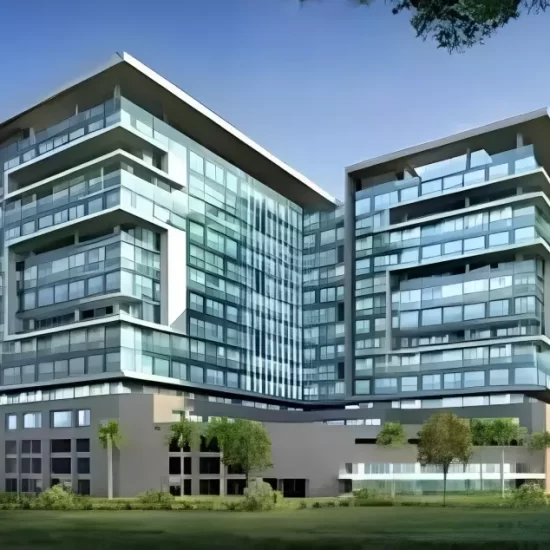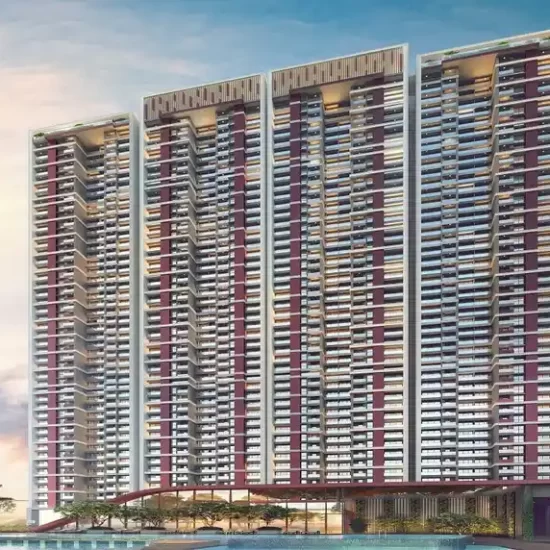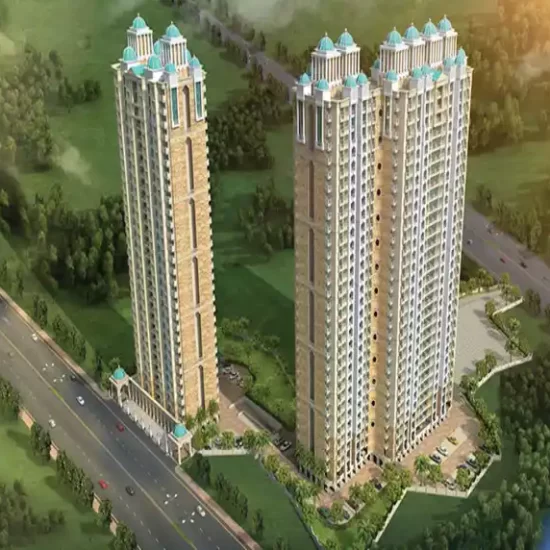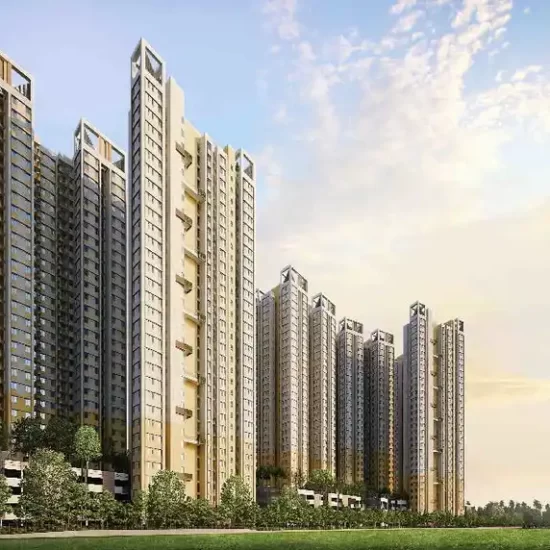Building Performance vs. Cost-Benefit Analysis: A Strategic Approach to Sustainable Construction
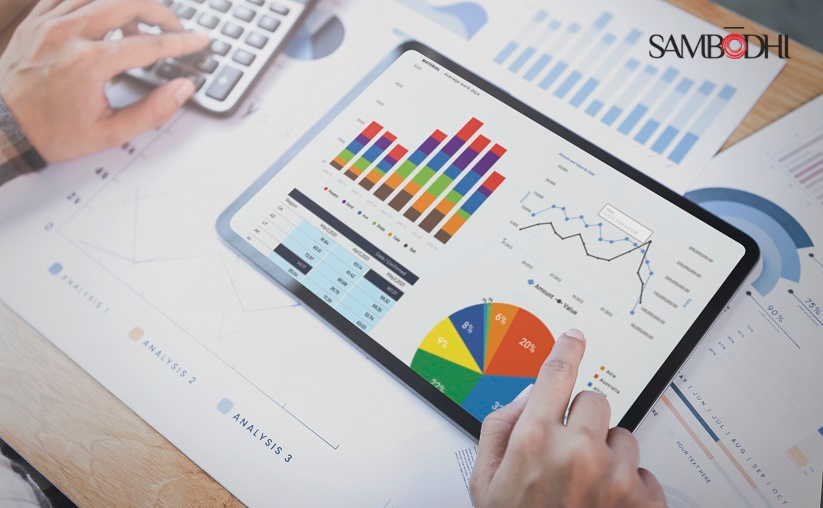
Introduction
In the world of modern construction, achieving an optimal balance between building performance and cost is essential for the long-term success of any project. Architects, engineers, and sustainability experts are increasingly turning to building performance vs. cost-benefit analysis to help make data-driven decisions that lead to more efficient, sustainable, and cost-effective buildings. This analysis not only helps in reducing construction costs but also ensures that buildings operate efficiently, providing long-term value for occupants and the environment. In this article, we will delve into the concept of building performance vs. cost-benefit analysis, why it is crucial today, the subtypes of this analysis, and why Reinvent Design Technologies (RDT) stands as the best in the industry for providing such services.
What is Building Performance vs. Cost-Benefit Analysis?
Building performance refers to how well a building meets certain operational criteria, such as energy efficiency, indoor air quality, thermal comfort, and overall sustainability. It encompasses various aspects such as energy use, lighting, acoustics, and environmental impact, all of which contribute to the overall performance of the building in the real world.
On the other hand, cost-benefit analysis (CBA) is a financial evaluation tool used to assess the overall value of a project by comparing the costs involved with the benefits generated. In construction, this analysis weighs the costs of materials, labor, design, and construction against the anticipated savings from operational efficiency, energy use, and maintenance.
When combined, building performance vs. cost-benefit analysis offers a comprehensive approach to decision-making. It allows project teams to evaluate the costs of improving building performance (such as investing in sustainable building materials or energy-efficient technologies) against the benefits they bring in terms of reduced operating costs, improved energy savings, and long-term sustainability.
Subtypes of Building Performance vs. Cost-Benefit Analysis
- Energy Performance Analysis and Cost Evaluation
Energy performance analysis evaluates how efficiently a building uses energy and includes considerations like heating, ventilation, air conditioning (HVAC) systems, lighting, insulation, and energy generation (e.g., solar panels). By analyzing energy efficiency and its associated costs, stakeholders can determine how different building systems impact the overall energy usage and whether it is worth investing in energy-saving upgrades.- Cost-benefit aspect: The upfront investment in energy-efficient systems may be higher, but over time, the building can achieve significant cost savings in energy bills.
- Life Cycle Cost Analysis (LCCA)
Life cycle cost analysis takes a long-term view of a building’s cost structure, considering not only the initial construction costs but also ongoing maintenance, energy consumption, and eventual decommissioning or demolition costs. This approach evaluates the total cost of ownership of a building over its entire lifecycle, including repairs and replacements.- Cost-benefit aspect: LCCA allows decision-makers to compare the initial capital investment with long-term operational savings, helping to justify upfront investments in durable, sustainable materials and energy-efficient systems.
- Operational Efficiency and Maintenance Costs
Building performance isn’t just about how a building functions initially, but also how it continues to perform over time. Analyzing the building’s operational efficiency helps identify areas where long-term operational costs could be reduced. This includes reducing the need for frequent maintenance, optimizing energy usage, and extending the life of building systems.- Cost-benefit aspect: By designing buildings with long-term durability and low operational costs in mind, developers can achieve better overall returns on investment by minimizing maintenance costs over the building’s lifespan
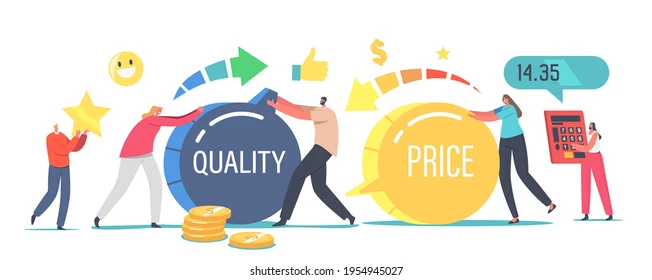
4.Sustainability and Environmental Impact
Sustainable building practices are increasingly crucial for reducing environmental impact. This includes using eco-friendly materials, minimizing waste during construction, and adopting renewable energy sources. Building performance analysis evaluates the sustainability aspects of a project, such as carbon emissions, water use, and waste management.
Cost-benefit aspect: Investing in sustainability may increase upfront costs but offers long-term savings through energy efficiency, reduced waste disposal fees, and potentially government incentives for green buildings.
5.Indoor Environmental Quality (IEQ) and Productivity
Indoor environmental quality, which includes air quality, lighting, acoustics, and thermal comfort, is a critical factor in building performance. Buildings with superior IEQ contribute to the well-being of occupants, potentially leading to increased productivity and fewer health-related absences.
Cost-benefit aspect: The benefits of high-quality indoor environments are often seen in the form of higher employee productivity and satisfaction, which can translate into financial benefits for businesses, such as reduced turnover and improved performance.

Why is Building Performance vs. Cost-Benefit Analysis Important Today?
- Rising Construction Costs and Environmental Regulations
As construction costs continue to rise and stricter environmental regulations are implemented, the pressure to balance performance and cost becomes even more significant. Builders and developers must justify higher upfront investments in energy-efficient systems and sustainable materials by demonstrating long-term savings.- This analysis helps create a financial framework to evaluate whether the benefits of building performance improvements outweigh their costs.
- Increased Focus on Sustainability
Sustainability is at the forefront of construction and development, driven by both market demands and regulatory pressures. Building performance analysis, paired with cost-benefit analysis, enables designers to incorporate sustainable practices while maintaining financial viability.- Sustainable designs can offer long-term cost savings and environmental benefits, making building performance vs. cost-benefit analysis a vital tool in the modern construction industry.
- Government Incentives and Green Certifications
Government programs and green certifications, such as LEED, BREEAM, and WELL, often require demonstrating a building’s energy performance and carbon reduction potential. Building performance vs. cost-benefit analysis allows developers to compare the cost of achieving these certifications with the expected financial and environmental benefits.
Achieving green building standards often results in incentives such as tax breaks, rebates, or increased property value
Why RDT is Best in Building Performance vs. Cost-Benefit Analysis
Reinvent Design Technologies (RDT) is a leading provider of building performance vs. cost-benefit analysis services, offering a strategic approach that ensures the best possible balance between building performance and cost. Here’s why RDT is the best choice:
- Expertise in Sustainable Design
With extensive experience in sustainable design and energy-efficient solutions, RDT’s team is well-equipped to analyze every aspect of building performance, from energy efficiency to indoor environmental quality. Our consultants use state-of-the-art tools to provide accurate and actionable insights that lead to better design decisions. - Comprehensive Cost-Benefit Modeling
RDT employs sophisticated cost-benefit models that consider both initial construction costs and long-term savings. Our lifecycle cost analysis approach ensures that clients understand the financial implications of their design choices and can make informed decisions that offer the greatest return on investment.
4.Commitment to Innovation
RDT is committed to using innovative technologies to optimize building performance. We stay at the forefront of industry trends and continually explore new ways to reduce costs while enhancing the performance and sustainability of buildings.
5.Client-Centric Solutions
At RDT, we take a client-first approach, tailoring our analysis to the specific needs and goals of each project. Whether it’s a commercial, residential, or mixed-use building, we provide customized solutions that optimize both performance and cost.
Conclusion
Building performance vs. cost-benefit analysis is an essential tool for modern construction projects. By evaluating the balance between performance improvements and financial investments, architects and developers can ensure that their buildings are energy-efficient, sustainable, and cost-effective. Reinvent Design Technologies (RDT) offers comprehensive, data-driven analysis and sustainable design solutions that help clients achieve optimal building performance while maximizing long-term savings.
Gallery
We’re here to help and answer any question you might have.
Free Consultation About RDT Design Technologies LLP
Testimonial
"Our experience with RDT Corp has been outstanding. They delivered a customized solution that addressed all our requirements and exceeded our expectations. Their commitment to excellence is evident in everything they do."

"Our experience with RDT Corp has been outstanding. They delivered a customized solution that addressed all our requirements and exceeded our expectations. Their commitment to excellence is evident in everything they do."

"RDT Corp provided us with a comprehensive IT strategy that perfectly aligned with our business goals. Their proactive approach and attention to detail have made a significant impact on our company's growth. Their services are worth every penny."




